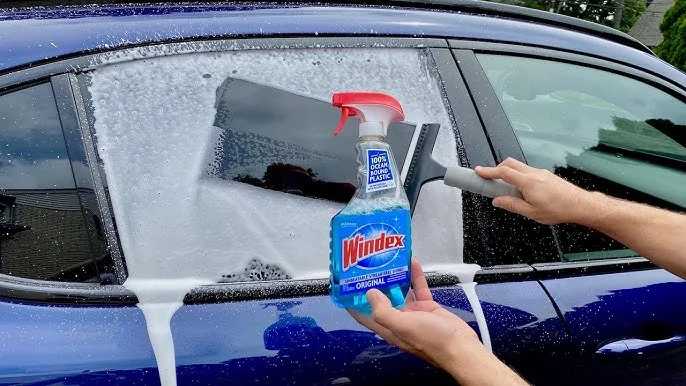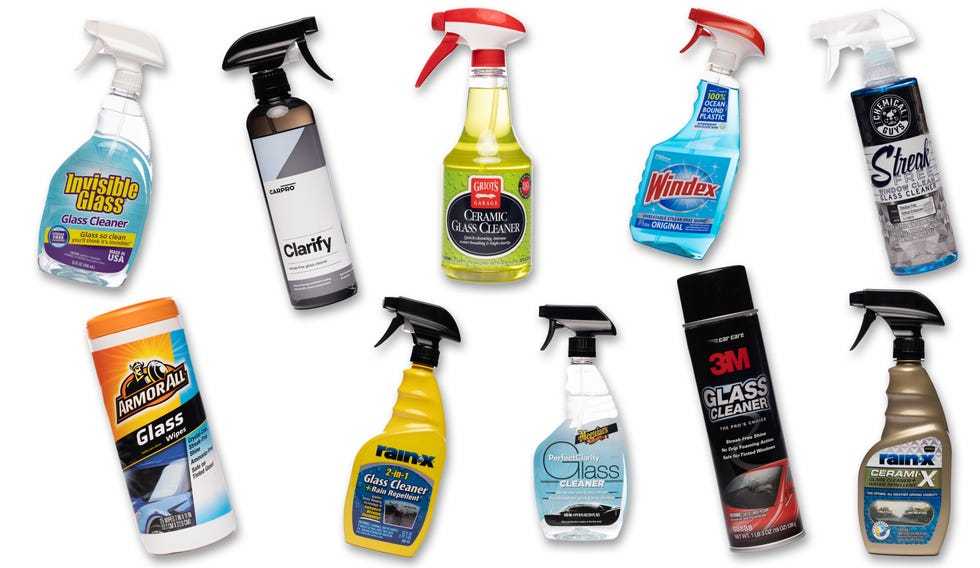Look closely at your window—if the glass has a distinct, often wavy appearance with a plastic-like layer between two sheets, it’s likely laminated. You can also gently tap on the glass; laminated glass tends to produce a duller sound compared to regular glass. For a definitive test, try to press or cut into the glass, but always consult a professional for safety. Recognizing laminated glass is straightforward once you know its telltale signs, such as its extra layer and durability. Understanding how to identify this type of glass can help you determine if your windows are safe, secure, or need replacement. It’s a simple process that can save you time and ensure your home’s safety by knowing exactly what kind of glass you have installed.
How to Recognize Laminated Glass in Windows
Understanding What Laminated Glass Is
Laminated glass consists of two or more glass layers bonded together with a plastic interlayer, usually polyvinyl butyral (PVB). This construction makes the glass safer and more durable, especially in the event of breakage. Knowing what laminated glass looks like helps you identify it quickly and accurately.
Visual Clues to Spot Laminated Glass
One of the easiest ways to recognize laminated glass is by its appearance. When viewed from the edge, laminated glass often shows multiple layers. These distinct layers can be seen as a slight haze or a clear separation between the glass and the plastic interlayer.
Edge Inspection
Look at the edges of a window pane. Laminated glass edges often appear thicker or have a layered look compared to regular tempered or annealed glass. Sometimes, a slight color tint or a glossy surface can also indicate lamination.
Surface Characteristics
Laminated glass generally has a smooth and glossy surface, but it may show subtle reflections that differ slightly from ordinary glass. If the glass feels unusually thick or heavy for its size, it might be laminated.
Using Physical Tests to Identify Laminated Glass
Physical tests can be very effective in confirming whether a window contains laminated glass.
Sound Test
Tap gently on the glass with a small object like a coin or a fingernail. Laminated glass produces a duller, more muted sound than regular glass, which tends to ring clearer.
Flexibility and Strength
Try to gently press or push on the glass. Laminated glass is more resistant to bending or breaking, and it often feels sturdier. Note: Always be cautious and avoid applying too much force to prevent damage.
Impact Resistance
If safe and appropriate, lightly hit the glass with a soft object. Laminated glass tends to crack differently—shattering into many small pieces rather than large shards—due to its bonding layer.
Testing with Light or Reflection
Light reflection can reveal laminated layers. When light hits laminated glass at certain angles, you may see a faint line or haze indicating the plastic interlayer.
Backlighting
Hold the glass up to a light source or shine a flashlight behind it. Laminated glass often shows a cloudy or layered appearance at the edges, unlike clear standard glass.
Refraction Differences
Observe how light bends through the glass. Laminated glass can cause slight distortions or differences in refraction, especially if the layers have different thicknesses or properties.
Advanced Methods for Identification
When simple visual and physical tests aren’t conclusive, more advanced techniques can be employed.
Use of a Glass Analyzer or Refractometer
These tools measure the refractive index of glass. Laminated glass has a distinct index value due to its plastic interlayer, making it identifiable with proper equipment.
Professional Inspection
For precise identification, consult a glass expert or use specialized testing services. Experts can perform microscopic analysis or other tests to confirm lamination.
Different Types of Laminated Glass and How They Differ
Not all laminated glass looks or behaves the same way. Understanding different types can help in recognition.
Standard Laminated Glass
This form is common in car windshields and windows, with a typical PVB interlayer visible at the edges and a characteristic weight.
Fire-Resistant Laminated Glass
Designed to withstand high temperatures, this glass sometimes integrates special interlayers that are thicker or tinted, making it slightly different in appearance.
Soundproof Laminated Glass
Incorporating multiple layers or thicker interlayers, this type often appears slightly darker or thicker and offers enhanced insulation properties.
Common Misconceptions and How to Avoid Them
Many confuse laminated glass with other types of safety glass.
Tempered Glass
Tempered glass shatters into small granular pieces and lacks layered appearance. Laminated glass remains largely intact when broken but may show surface cracks.
Insulated Glass Units
Double or triple glazed units can look similar but have sealed air spaces between panes. Laminated glass may be one of the layers within these units.
Mirror Glass
Mirrored glass is coated with reflective material but doesn’t have the layered structure of laminated glass.
Summary of Key Features for Recognition
- Appears thicker and layered at edges
- Shows a hazy or cloudy layer when viewed from the side
- Resistant to shattering with small, sharp fragments
- Produces a muted sound when tapped
- Reflects light with a subtle haze or difference in refraction
Tips for Confirming Laminated Glass
- Inspect the edges carefully under good lighting
- Perform a light test to see layered appearance
- Listen for subdued sound when tapped
- Compare weight to regular glass of similar size
- Seek professional testing if unsure
Recognizing laminated glass in windows involves careful observation of physical characteristics, reflection, and sometimes testing. Using a combination of these methods ensures accurate identification, helping you make informed decisions about glass safety and replacement options.
Tony Martinez explains the safety and risk of laminated windows
Frequently Asked Questions
What visual cues can help identify laminated glass in windows?
Look for subtle differences in transparency and surface appearance. Laminated glass often exhibits a slight coloration or a cloudy look when viewed from different angles. You might notice a faint line or a layer within the glass if you observe the edges carefully, especially if the glass has been cut or chipped. Additionally, laminated glass tends to have a smooth, glossy finish, and the surface may reflect light differently compared to standard tempered or double-glazed windows.
How can the reflection properties indicate laminated glass?
Reflective characteristics can reveal if a window uses laminated glass. When sunlight hits a laminated pane, it produces a unique reflection pattern that appears more uniform and less distorted than ordinary glass. Laminated glass also reduces glare and minimizes UV reflection, which can be observed when standing at different angles. If the window seems to have a softer or more muted reflection, it likely incorporates laminated layers.
What testing methods are effective for confirming if a glass is laminated?
You can perform simple tests such as the “tap test,” where lightly tapping the glass produces a duller sound compared to the clear, crisp sound of standard glass. Additionally, pressing a strong magnet against the surface might reveal a slight attraction if the glass contains interlayers or special coatings. For more conclusive results, professionals use specialized tools like a polarized light tester or perform a cross-section analysis to see the internal layers directly.
Can differences in weight help identify laminated glass?
Yes, laminated glass generally weighs more than standard single or double-pane glass of similar size because of its interlayer material. If you handle a window and notice it feels heavier than expected, it could be a sign that it contains laminated layers. This extra weight contributes to its durability and security features, which are typical of laminated windows.
How does the presence of a plastic interlayer affect the window’s clarity and resilience?
The plastic interlayer in laminated glass enhances safety by holding shards together if the glass breaks. This layer also impacts clarity, often giving the glass a slightly muted appearance but maintaining overall transparency. The interlayer adds resilience, making the window more resistant to impacts and reducing the likelihood of shattering into large, dangerous shards during accidents or attempted break-ins.
Final Thoughts
To recognize laminated glass in windows, observe for a distinct inner plastic layer that prevents shattering. When broken, laminated glass cracks but stays largely intact, offering safety. Look for a slight difference in appearance, such as a subtle bend or a cloudy layer between panes. Checking for these signs helps identify laminated glass quickly and confidently.



